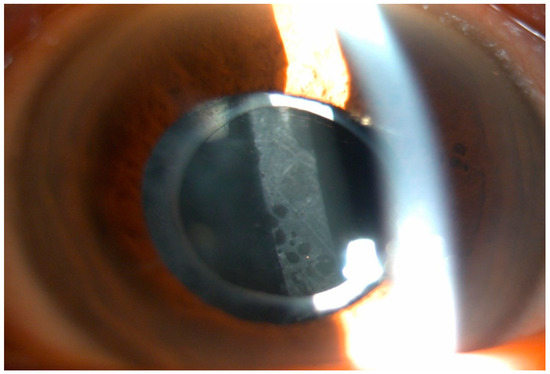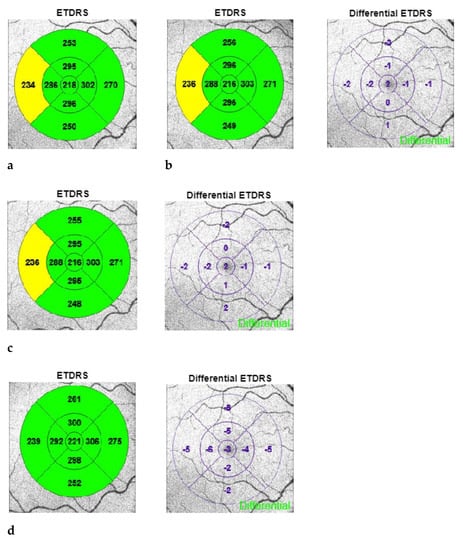Advances in Cornea, Cataract, and Refractive Surgery
A topical collection in Medicina (ISSN 1648-9144). This collection belongs to the section "Ophthalmology".
Viewed by 6139Editor
Interests: corneal grafts; cataract surgery; refractive surgery; LASIK; PRK; intraocular lenses; phakic lenses
Special Issues, Collections and Topics in MDPI journals
Topical Collection Information
Dear Colleagues,
I am delighted to present a Topical Collection on the topic of “Advances in Cornea, Cataract, and Refractive Surgery”
The latest technological developments and advanced surgical techniques have radically changed the daily practice of eye surgeons, with new treatment options making surgery safer, faster, and more precise. The advent of new diagnostic tools especially in the anterior segment enables better patient management and precise monitoring of disease progression, leading to an improvement in postoperative surgical outcomes.
This Topical Collection is a multidisciplinary forum on the role of diagnostic and surgical procedures in this subfield of ophthalmology.
The published papers will describe new developments in these areas. This Topical Collection accepts high-quality articles containing original research results, as well as review articles of exceptional merit.
Dr. Ivo Guber
Collection Editor
Manuscript Submission Information
Manuscripts should be submitted online at www.mdpi.com by registering and logging in to this website. Once you are registered, click here to go to the submission form. Manuscripts can be submitted until the deadline. All submissions that pass pre-check are peer-reviewed. Accepted papers will be published continuously in the journal (as soon as accepted) and will be listed together on the collection website. Research articles, review articles as well as short communications are invited. For planned papers, a title and short abstract (about 100 words) can be sent to the Editorial Office for announcement on this website.
Submitted manuscripts should not have been published previously, nor be under consideration for publication elsewhere (except conference proceedings papers). All manuscripts are thoroughly refereed through a single-blind peer-review process. A guide for authors and other relevant information for submission of manuscripts is available on the Instructions for Authors page. Medicina is an international peer-reviewed open access monthly journal published by MDPI.
Please visit the Instructions for Authors page before submitting a manuscript. The Article Processing Charge (APC) for publication in this open access journal is 1800 CHF (Swiss Francs). Submitted papers should be well formatted and use good English. Authors may use MDPI's English editing service prior to publication or during author revisions.










